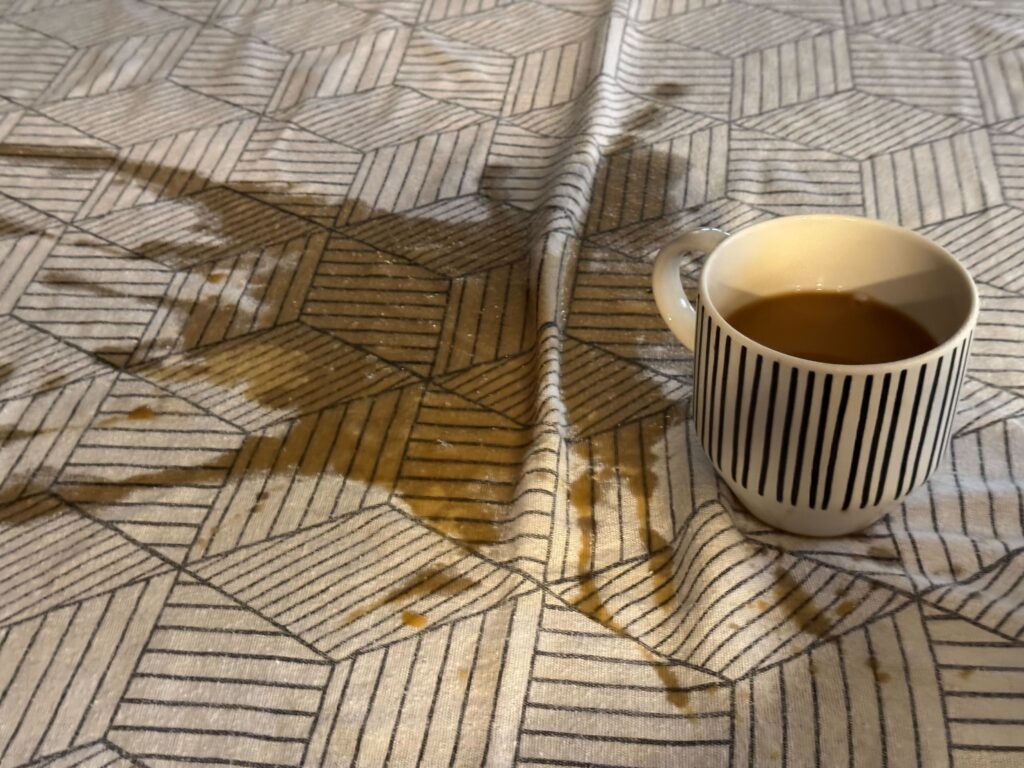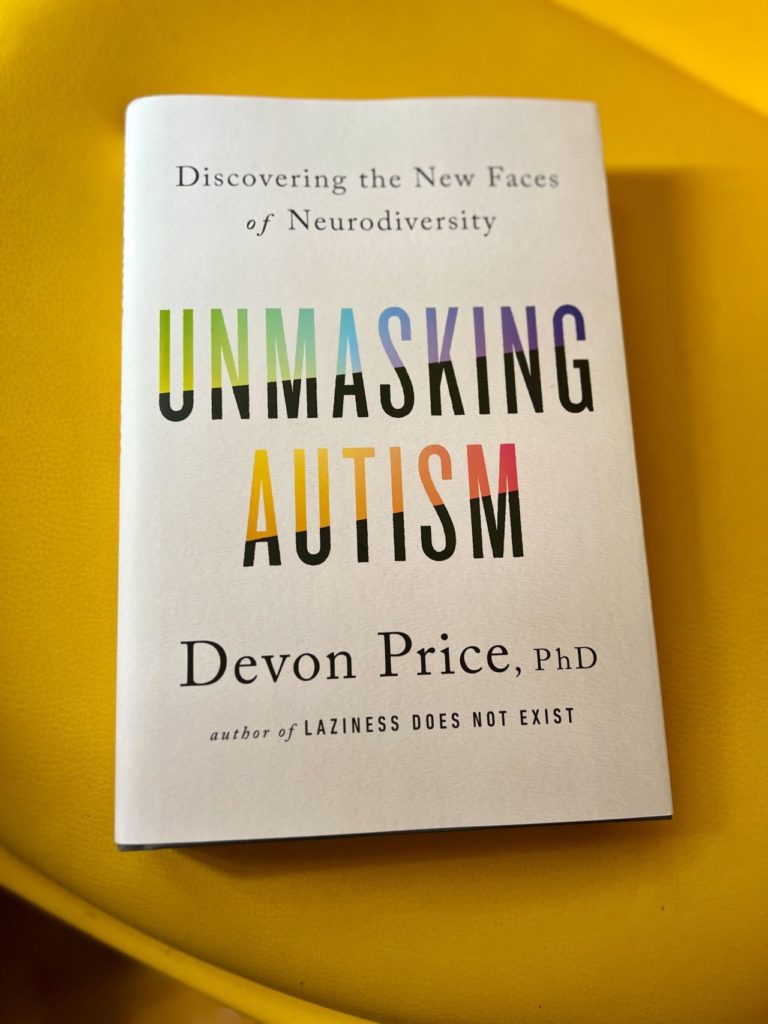What is AuDHD?
AuDHD is a term used by people who are both autistic and have ADHD.
It’s not yet a formal diagnosis in medical systems, but many people recognise the crossover in their lived experience. They might be diagnosed separately with autism and ADHD, or just feel that both neurotypes describe their reality. The term gives language to something that otherwise gets missed, mislabelled, or misunderstood. Because being both autistic and ADHD often means living with a complex, beautiful mix of traits that don’t always fit existing boxes.While ADHD and autism are distinct conditions, they commonly co-occur. It’s believed that 50-70% of autistic people also have ADHD.
It was only in 2019 that the International Classification of Diseases (ICD-11) recognised that a person could have both ADHD and autism.

My personal path
I have a formal diagnosis of Autism Level 1 with Severe ADHD. I received my diagnosis at the age of 50. That makes me one of the many folks now identifying with AuDHD, thanks to increased awareness, improved diagnostic methods, and broadened definition of the conditions.
Twice exceptional (exceptional ability + disability)
Early on, I was identified as having unique needs. But I was identified as a gifted child rather than an autistic one, or one with ADHD. I received no supports — other than being taken on cool field trips once in a while. Some classmates, almost always boys, were frequently reprimanded for their short attention spans and frequent outbursts. In grade school, one kid flipped over his desk over more than once. That behavior alarmed me and I associated it with my limited understanding of ADHD at the time.
I internalized my emotions and neurodivergent traits and became highly anxious. Teachers scolded me for daydreaming, but I usually had the correct response when called upon. I could come up with answers intuitively, without showing my work. And would have to reverse engineer to illustrate how one would reach a certain solution, even when the solutions themselves came to me effortlessly. Later the dreaded phrase “high potential, underachiever” would appear on my report cards. Without taking into account any other support needs I might have, or what was going on at home.
Why has there been an increase in diagnosis of adults?
People go undiagnosed for all manner of reasons. The stereotype of autism as a male condition (the diagnosis was 4x more common in males than females) is one factor. Teachers might notice the boy who constantly walks the playground perimeter while the rest play football, but overlook the girl who copies everything about a school friend in an effort to fit in. Such masking occurs in all genders and is damaging in itself.
Before 2013, when the DSM-5 was released, ADHD and autism were officially mutually exclusive. If you had one, you could not be diagnosed with the other. Since then there have been:
- Changes in diagnostic criteria
- A closer look at symptom overlap and misdiagnosis
- Studies showing genetic and neurobiological factors
The Zebra Analogy
I’ve had people question my decision to pursue a diagnosis. Asking “why bother? You’ve made it this far in life.”
“Why do you need a label?” Because there is comfort in knowing that you are a normal zebra, not a strange horse. Because you can’t find a community of other zebras, can’t learn what makes a zebra thrive, what brings [you] a zebra joy, if you don’t know you are a zebra and you are learning solely from horses. It is near impossible to be happy and mentally healthy if you’re spending all your life thinking you’re a failed horse, having others tell you you are a failed horse, when all along you could be thriving and understood if everyone, including you, just knew you were a zebra.
Diagnosis (formal or self-diagnosis) is a framework for self-compassion, advocacy, and empowerment. Don’t let others delegitimize your concerns.
Life with AuDHD
I lived too much of my life without understanding what made me different. Raising my now-adult son, who is autistic, helped me find my way. But it’s only been the last 10+ years that I really started getting to the bottom of it. Before that, I was a solo parent with three jobs and very little bandwidth for much else. I was frequently overwhelmed and exhausted. Pursuing a formal diagnosis is a privilege I do not take lightly. But there are so many resources available now; self-diagnosis is valid. If you’re spending a lot of time reading about autism or ADHD, or joining us over at Neurodivergent TikTok or instagram, etc. wondering if you are one of us, you most likely are. I doubt neurotypical people spend much time wondering if they are neurodivergent or not. But what do I know, I am neurodivergent!
I appreciate the studiesshowthings instagram account. It’s a married couple with one neurotypical partner and one AuDHD partner. Their reel today was particularly relevant to me:
People who are autistic and ADHD (50% of people with ADHD are also autistic) – the AuDHD brain wakes up in a fist fight every day because the ADHD brain craves novelty. And the autistic brain craves consistency. The autistic neurotype wants things to be predictable and certain. The ADHD neurotype wants things to be novel and interesting at all times. You can see how this can create a problem. A thousand things a day trigger the fight or flight response. It’s easy for the AuDHD neurotype to feel overwhelmed.
Avoiding Overhwelm
The beginning of the pandemic was life-changing for me. I mourned those whose lives were lost or negatively impacted, but I found lockdown to be a reprieve. I have been a full-time tech worker since I was 18 years old and didn’t realize how burned out I was. And everything changed. Working from home full-time has been miraculous for my neurotype. I learned three critical things:
- Understanding my neurotype / self-knowledge
- Identifying needs and triggers
- Knowing my strengths and challenges
- Clear communication
- Using direct, clear language
- Preparing for important conversations in advance
- Saying no
- Energy management
- Take breaks
- Have self-compassion
- Foster a support network
- A trusted therapist
- Friends and family who are also neurodivergent
- Neurodivergent slack and social media communities
These things have helped me advocate for myself and set healthy boundaries to prevent overwhelm.
1 Comment

